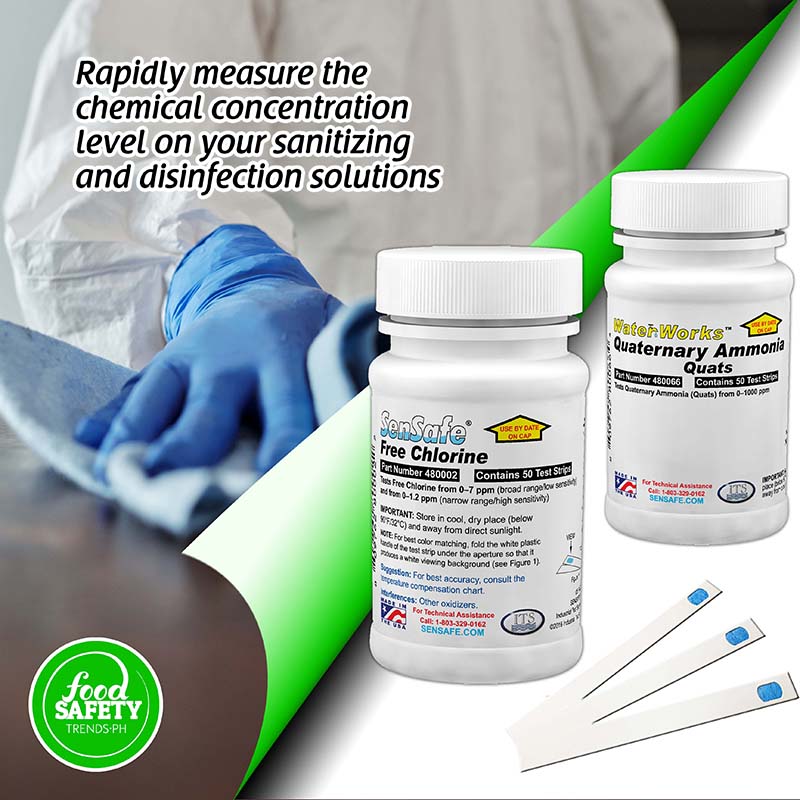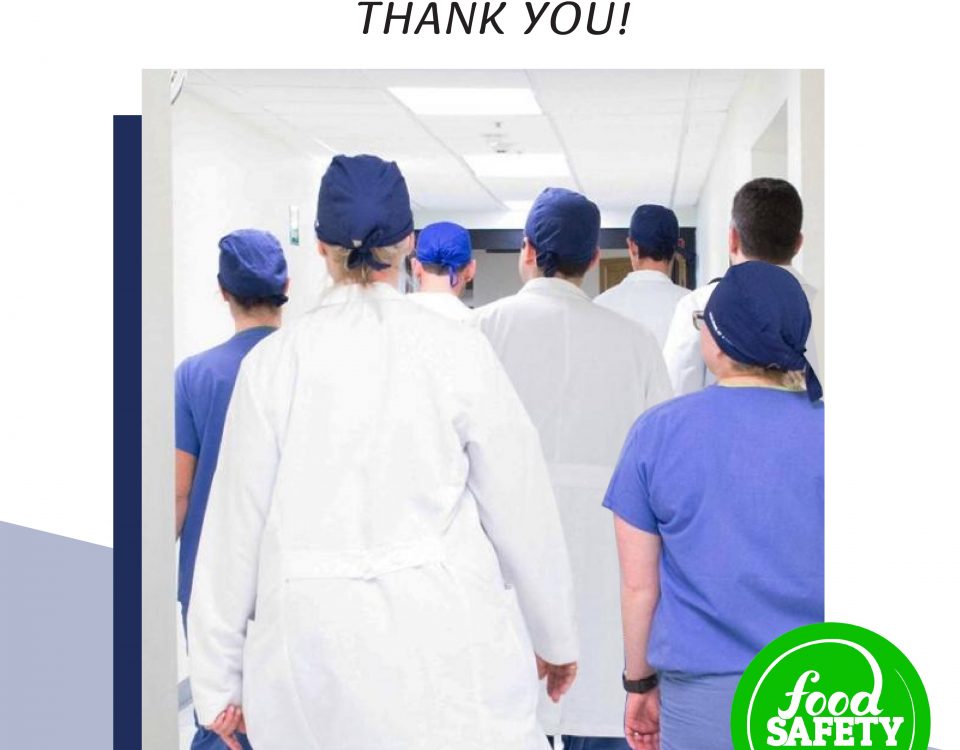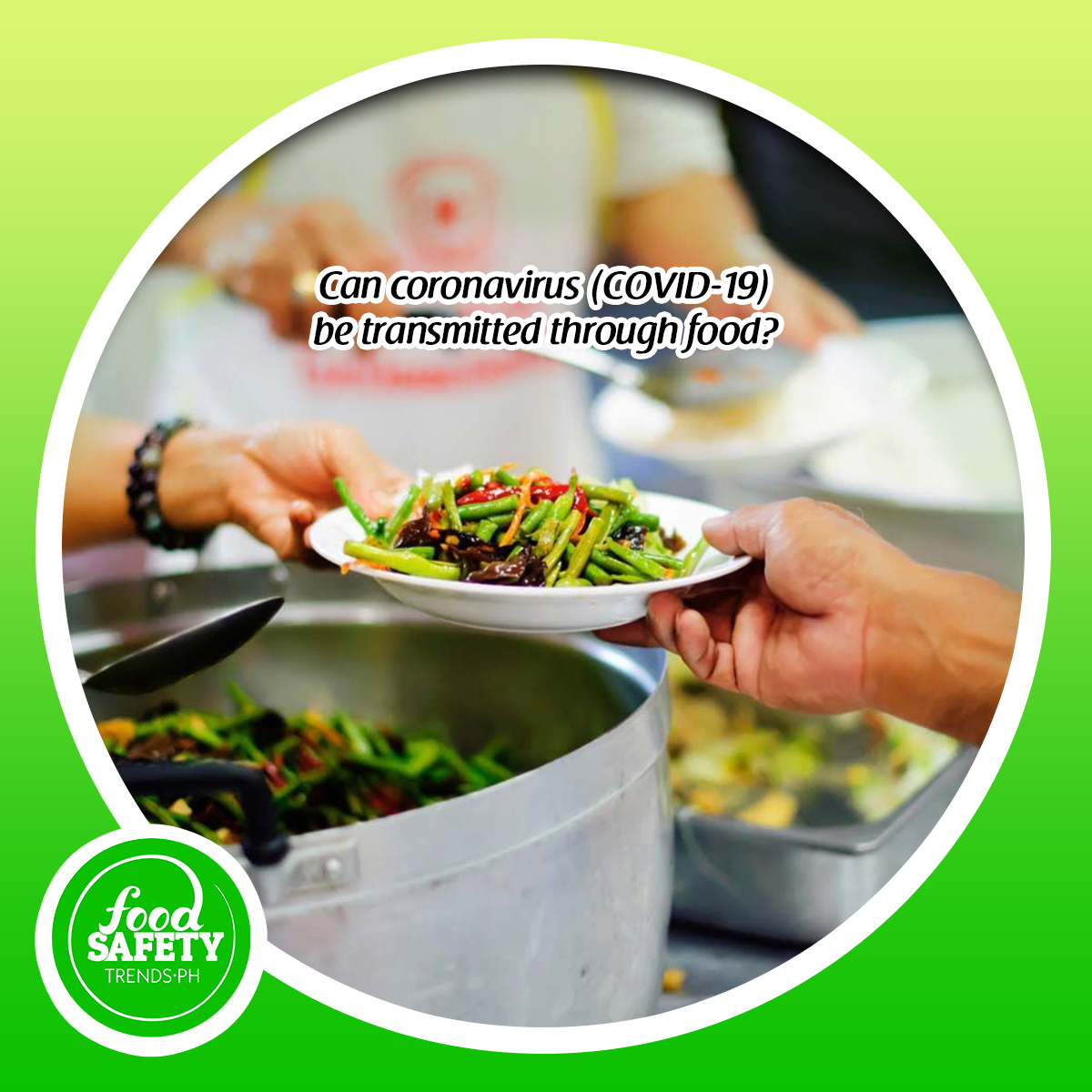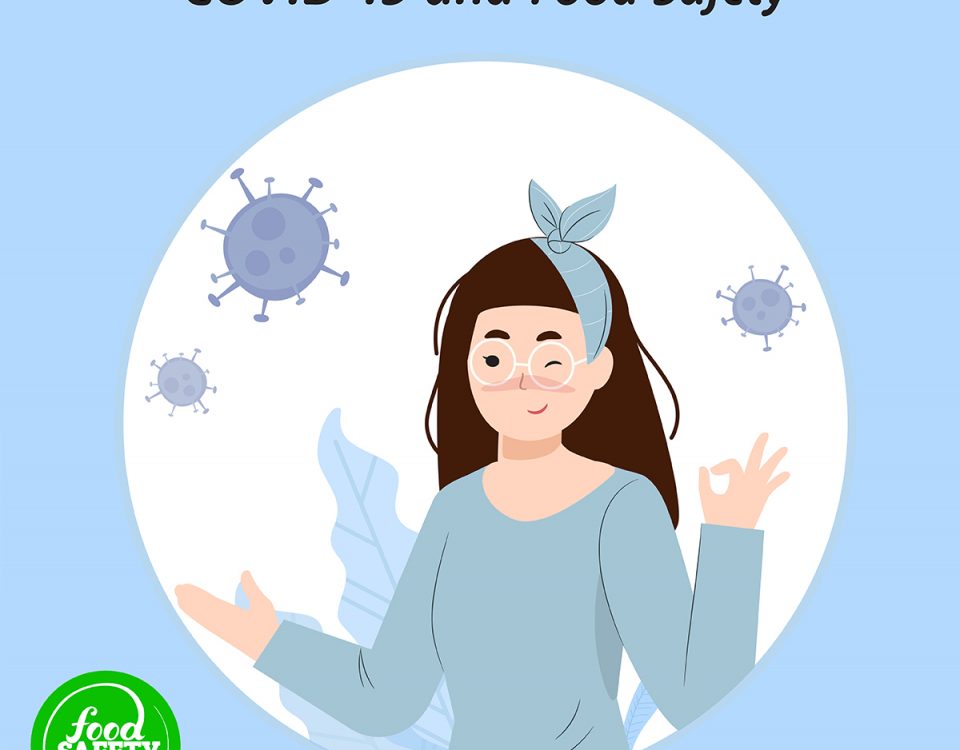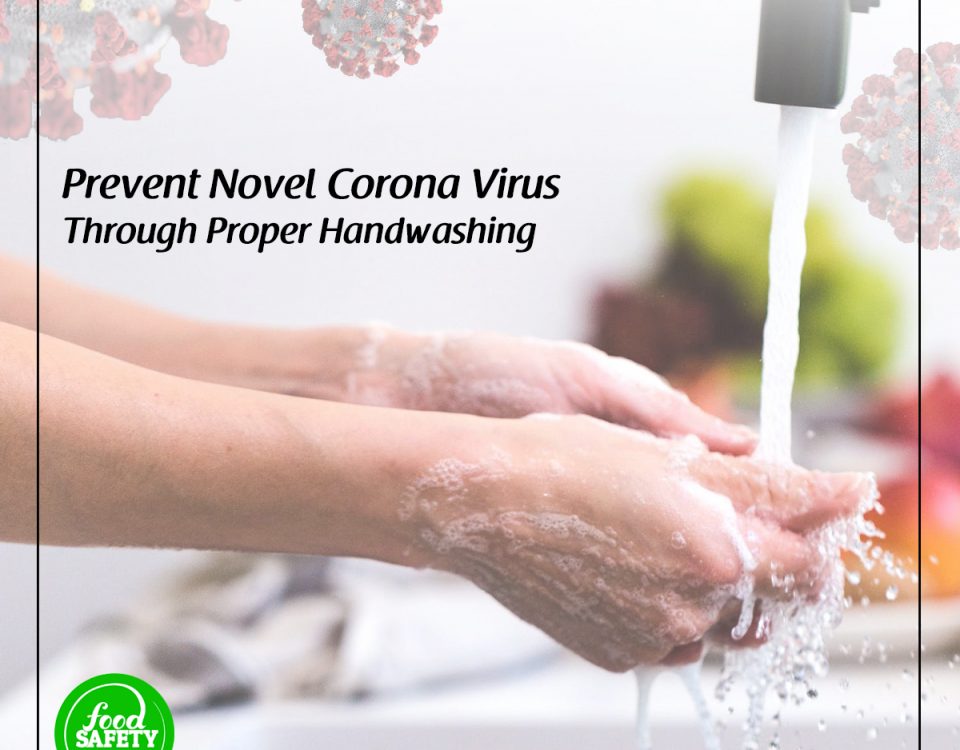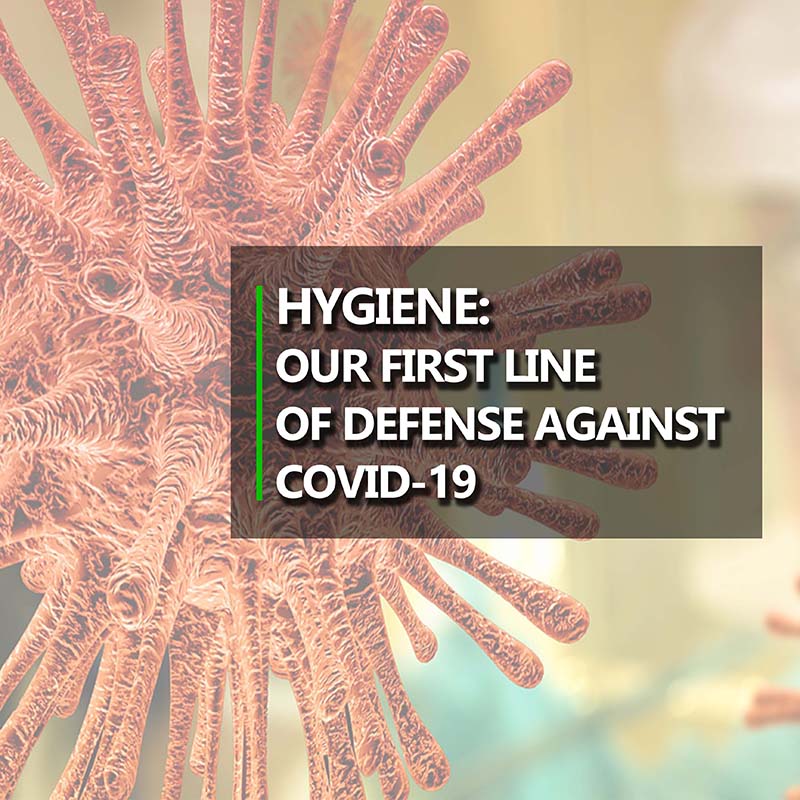

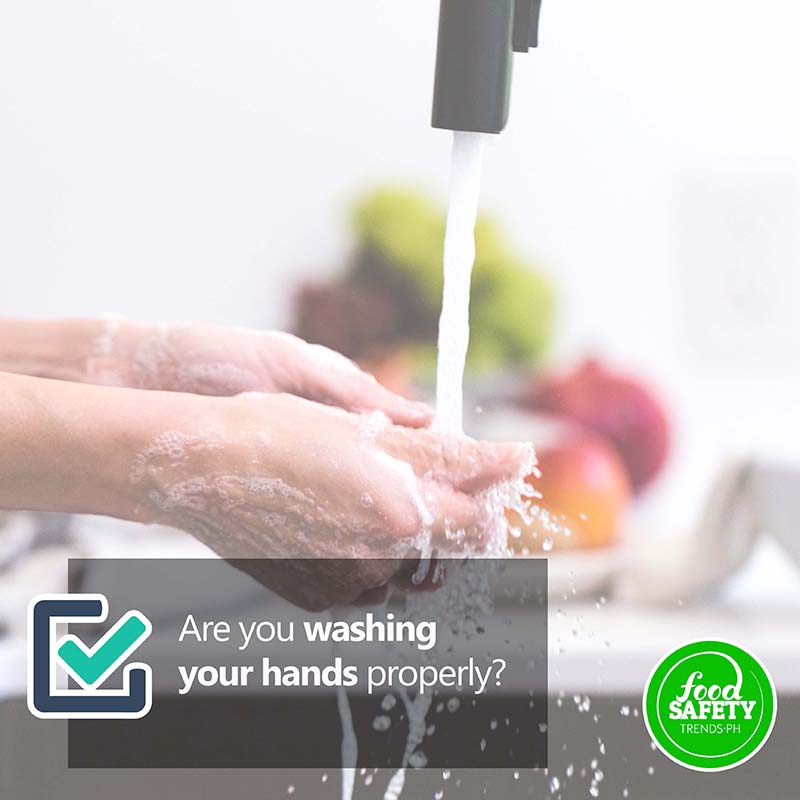
80% of communicable diseases are transferred by touch. Therefore, start your defense by proper handwashing. Make sure that no area is left behind with your scrubbing!
The most effective way to prevent the spread of COVID-19 is by exercising proper and regular handwashing to make sure no part of your hands will harbor any harmful agents. Used by food manufacturing facilities, government institutions, academe, hotels, and related industries, GloGerm™ is the hygiene training tool for the effective demonstration and validation of proper handwashing.
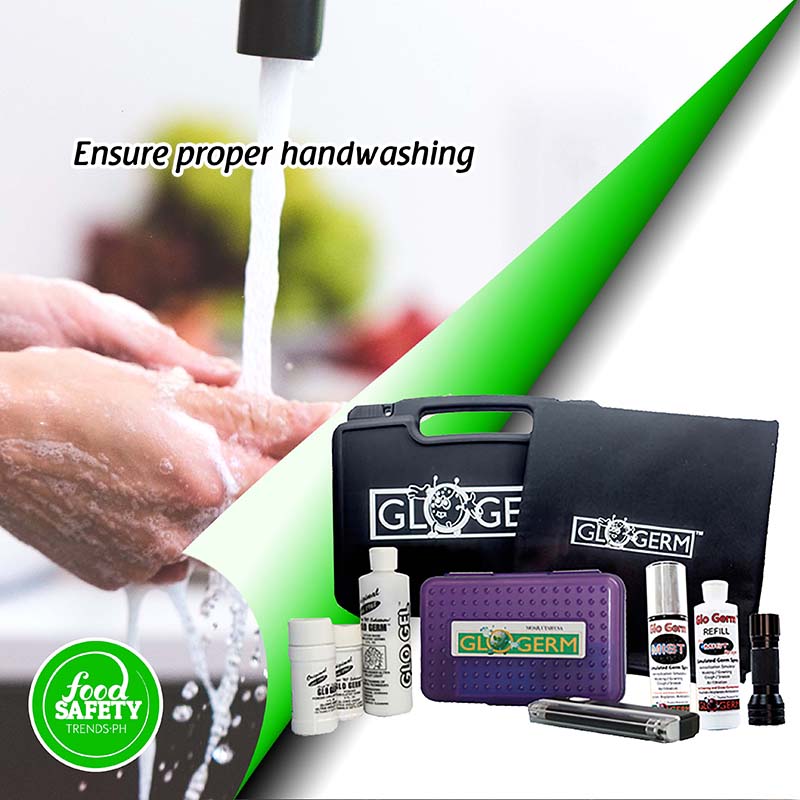
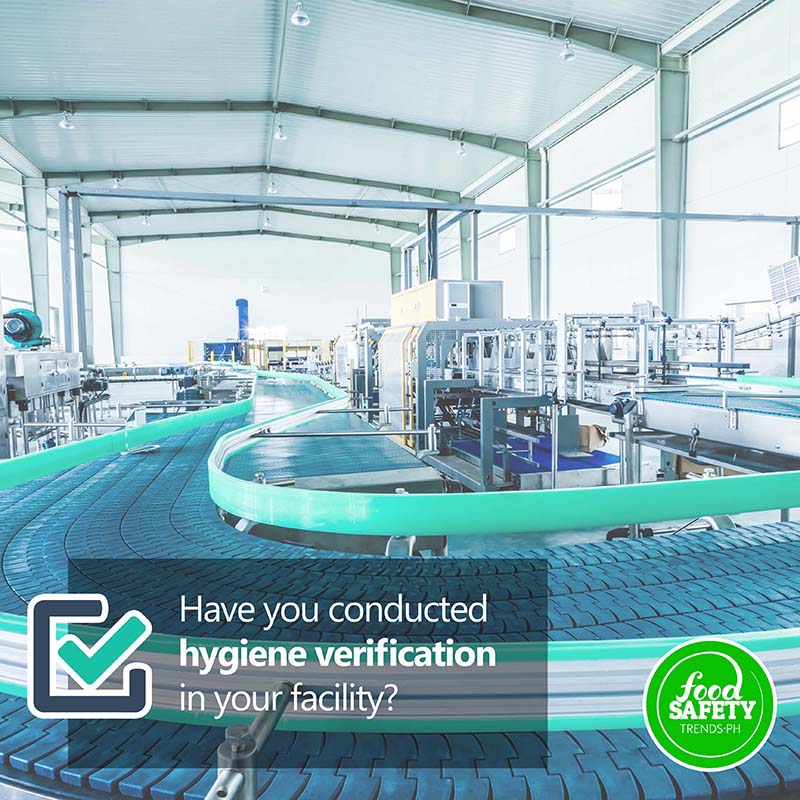
Cleaning and disinfection are critical in controlling COVID-19, or other viruses and bacteria. Maintaining clean surfaces, good hygiene, and social distancing have become everyone’s defense against COVID-19. In hospitals, food companies, and other related institutions, an effective hygiene and sanitation program must be followed to prevent the possible spread of the virus while performing our duties.
Measuring adenosine triphosphate (ATP), found in bacteria, bodily fluids, skin cells, and other living cells, is an economical, fast, and accurate way to monitor the cleanliness of surfaces. The AccuPoint® Advanced system provides consistent and reliable results for the evaluation of the effectiveness of a hygiene and sanitation program based on the presence of ATP. The system can tell you if the surfaces have been properly cleaned before and after disinfection in as fast as 20 seconds. Remember, viruses thrive through a host, and preventing the presence of any microorganism that may serve as host to the virus is the first step to ensuring proper hygiene in the facility, and protection to the people.
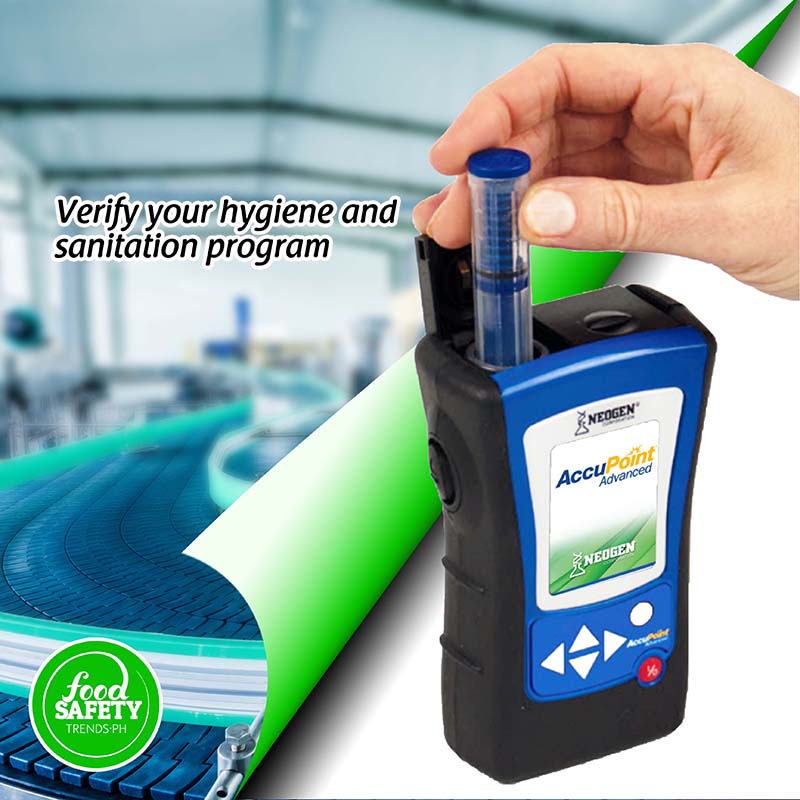

COVID-19 is transmitted from person to person via respiratory droplets through coughing and sneezing. A single cough can produce 3,000 droplets that can land on other people, surfaces, and objects. Based on recent studies and researches in the US, the virus can stay in the air for up to three hours, however, according to the World Health Organization (WHO), COVID-19 is not yet considered airborne since the droplets are too heavy to stay in the air. The Department of Health (DOH) stated that airborne transmission may only be possible in a hospital setting, wherein procedures such as endotracheal intubation, bronchoscopy, open suctioning, and other aerosol-generating procedures are being conducted.
Likewise in the food and beverage industry and other related industries, air quality must be strictly monitored. Good air quality is one of the requirements of production facilities, airborne contaminants should be maintained within acceptable levels.
Conveniently test and monitor microbial air quality by using CompactDry™, a ready-to-use chromogenic media plate. CompactDry™ Total Count and CompactDry™ Yeast and Mold are the most trusted rapid testing kits by companies worldwide in monitoring microbial air quality.
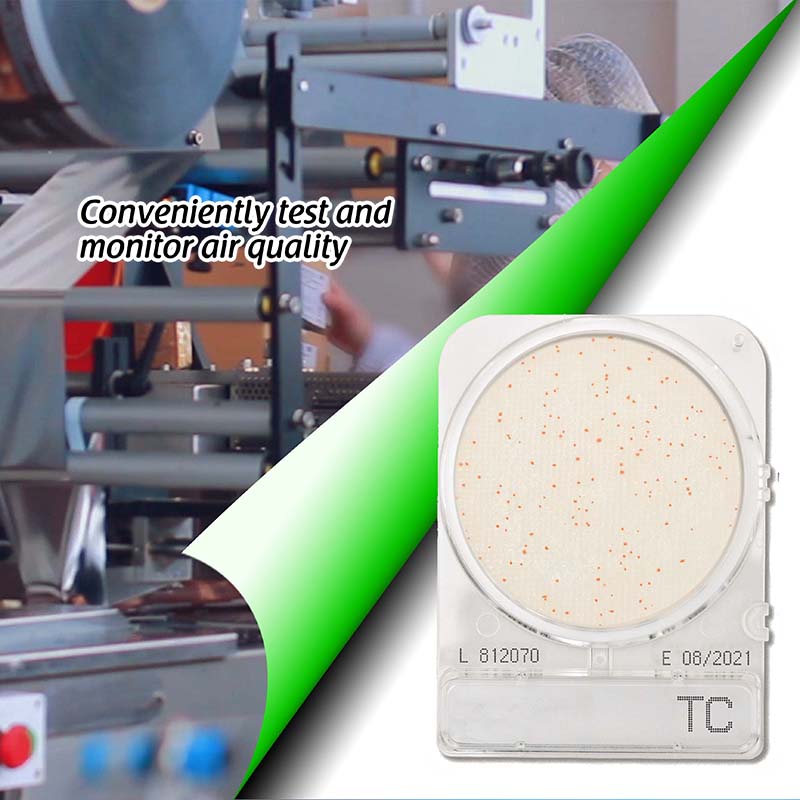
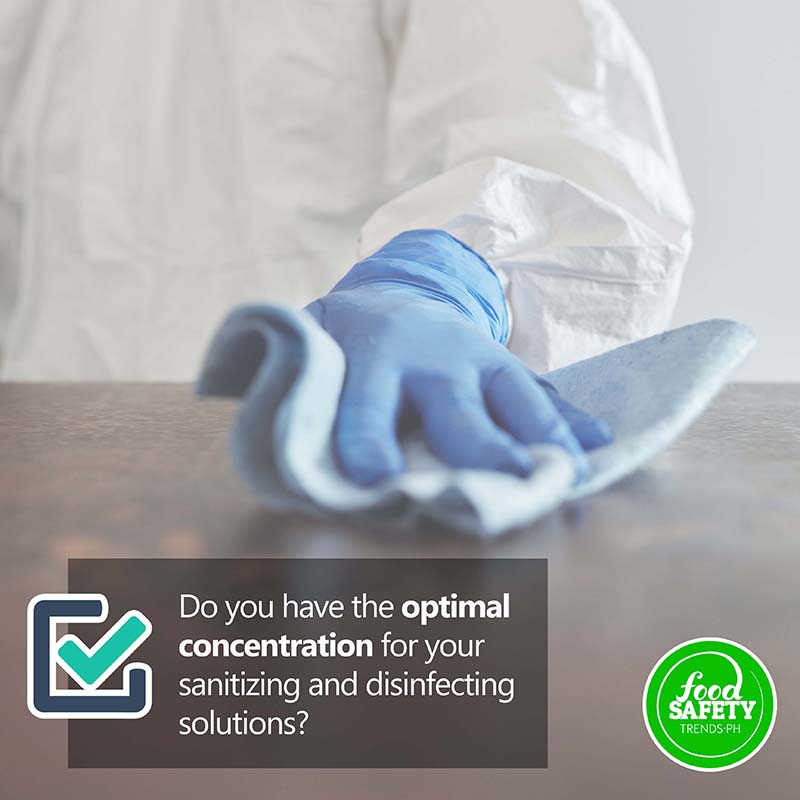
Transmission of COVID-19 can occur by direct contact with an infected person and indirect contact with contaminated surfaces, that’s why footbaths and disinfectant sprays are installed on all entrances to the facility, handwashing and hand sanitation stations are designated, and surface disinfection is regularly and thoroughly done.
Removal of the COVID-19 virus and other microorganisms in environmental surfaces requires thorough cleaning followed by disinfection. This has been actively practiced in healthcare and non-healthcare settings to prevent the spread of the virus and ensure cleanliness. Cleaning is the first step of the disinfection process; this could be done using mechanical action such as scrubbing or friction with the use of water and soap to remove and reduce microbial load. Chlorine and alcohol-based disinfectant solutions are then applied to kill any remaining microorganisms. Aside from alcohol, chlorine and other chemicals serve as active ingredients for use in sanitizing and disinfectant solutions. These chemicals are sufficiently added to ensure the effectiveness of disinfectant solutions. Too high and too low concentrations can affect the effectiveness of disinfectant solutions; therefore, companies and other institutions are using chemical-specific testing products to ensure the exact chemical concentrations.
If you are using sanitizers and disinfectants, make sure that you have achieved the required concentration to optimize the effectivity of these solutions (e.g footbath requires 200pm concentration of chlorine). Rapidly measure the chemical concentration level, use SenSafe® and Waterworks™ test strips to test on-site, and obtain results in as fast as 30 seconds.
